Buckthorn, blitz
On Saturday, Sept. 29, the Thompson’s Point Leaseholders Association and the Charlotte Invasive Collaborative, sponsored an Assault on Buckthorn Day on Thompson’s Point.
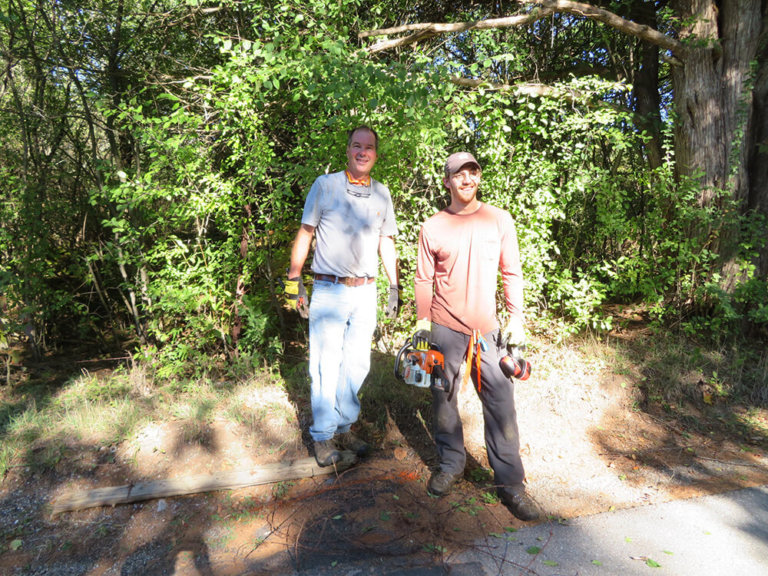
On Saturday, Sept. 29, the Thompson’s Point Leaseholders Association and the Charlotte Invasive Collaborative, sponsored an Assault on Buckthorn Day on Thompson’s Point.
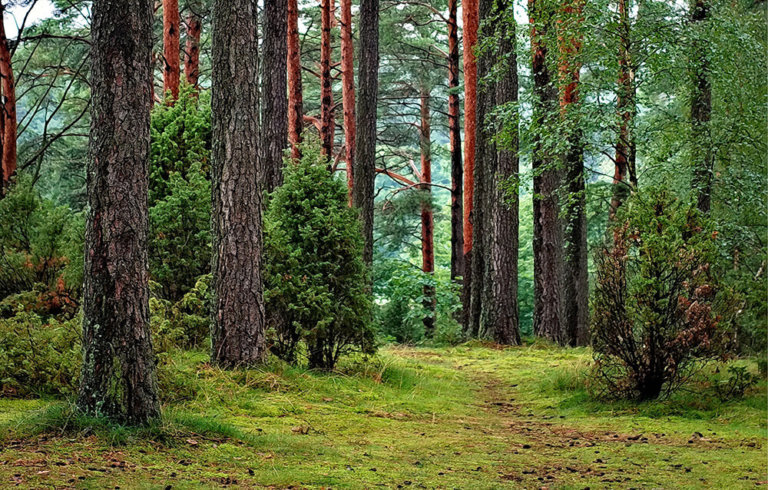
My woodlot in Bolton was logged in the 1980s. Through a practice known as “diameter-limit cutting,” all trees above a certain diameter (probably 11 inches or 14 inches) were cut. My land is a good site for growing red and white oak, white and red pine, red spruce and hemlock, but this harvest removed most trees of these species, creating a forest of mostly unhealthy beech and red maple.
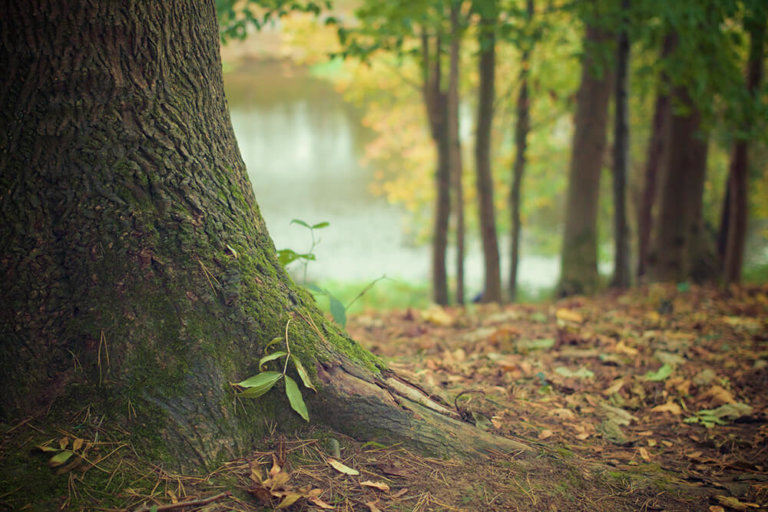
When trying to manage for healthy forests, you must first consider how to gauge forest health. After all, if we don’t know what condition we’re shooting for, it’s hard to know when we’re headed in the right direction. Is a healthy forest, one filled with trees growing quickly and efficiently? Or one without disease? Does it include high-quality wildlife habitat, or should forest health be measured solely on the condition of trees?
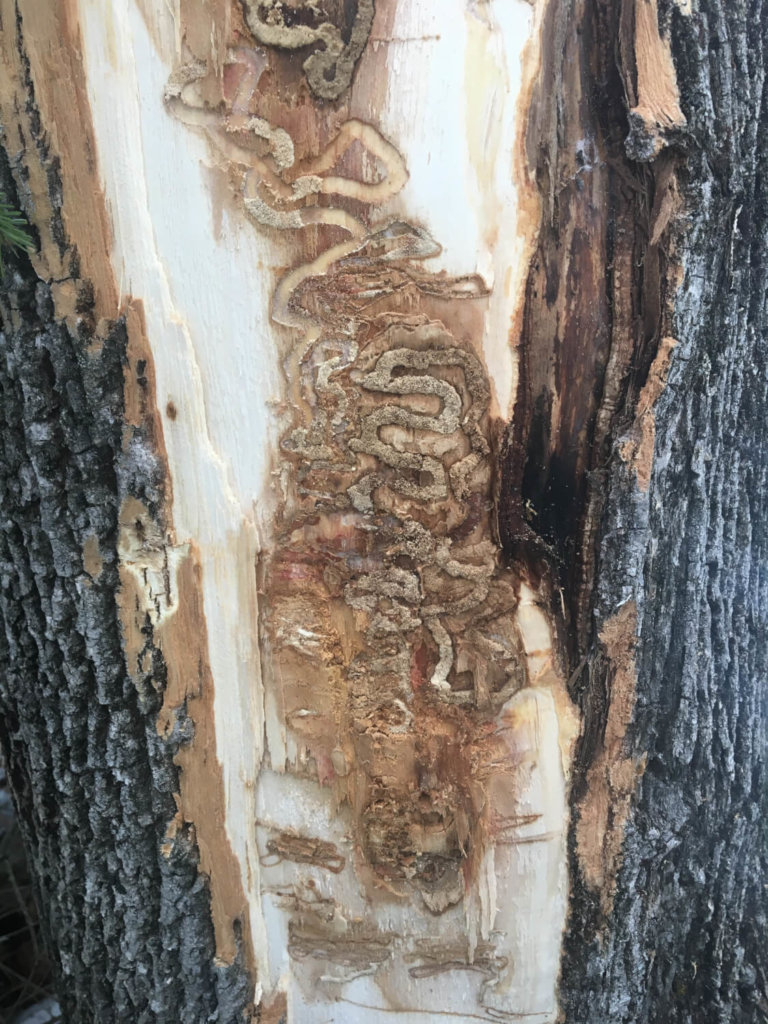
The Vermont Department of Forests, Parks & Recreation (VTFPR) and the Vermont Agency of Agriculture, Foods & Markets (VAAFM) report that an emerald ash borer (EAB), a destructive forest insect from Asia, has been detected in Vermont. Officials with the USDA Animal & Plant Health and Inspection Service (APHIS) have confirmed the identification of a beetle recently found in northern Orange County, Vermont. The insect was reported through the vtinvasives.org website.
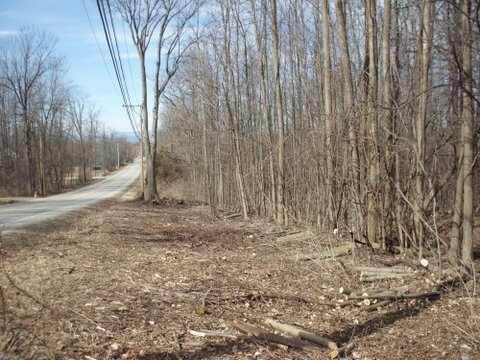
The question of whether we should increase the use of salt on our roads has periodically been a subject of debate in Charlotte. It was an item on the recent February 12 Selectboard agenda. The position of the last tree warden, Larry Hamilton, was to oppose the increased use of salt. I support this position for all the same reasons as previously put forth, summarized here:
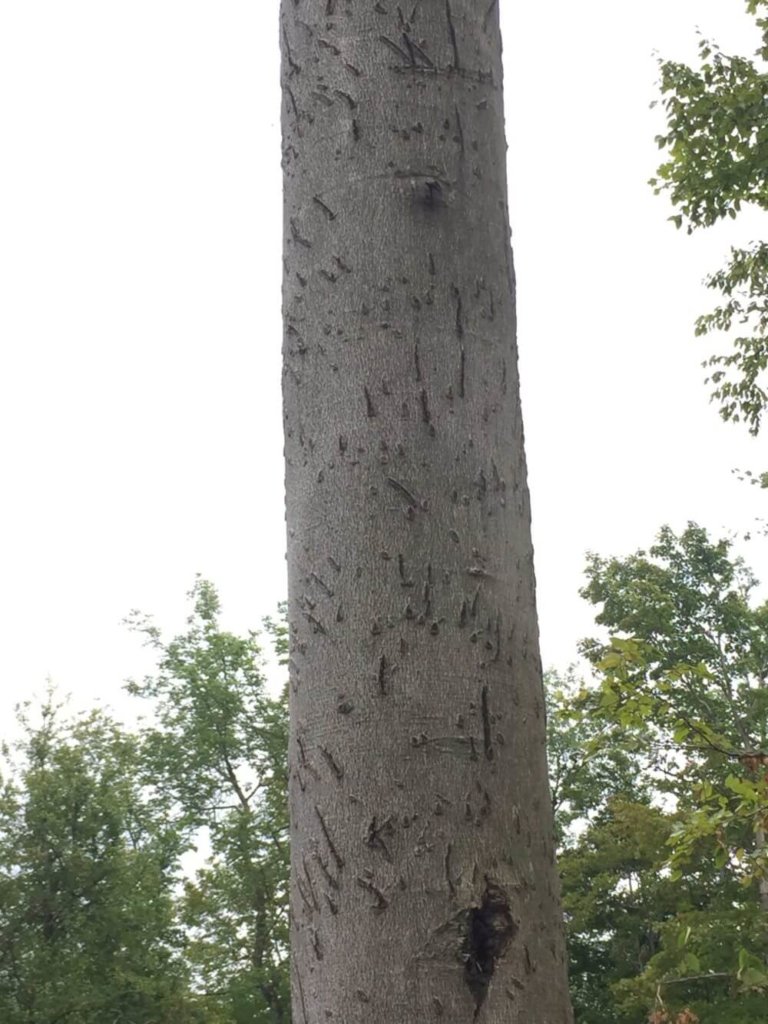
Among foresters, American beech (Fagus grandifolia) is a common source of consternation. It is often considered a low-value, low-quality “weed,” outcompeting other tree species and taking over the forest’s understory. Some foresters interested in maintaining diversity, increasing forest health and growing more commercial tree species have adopted special practices just to avoid regenerating beech, including treating cut beech stumps with herbicide.
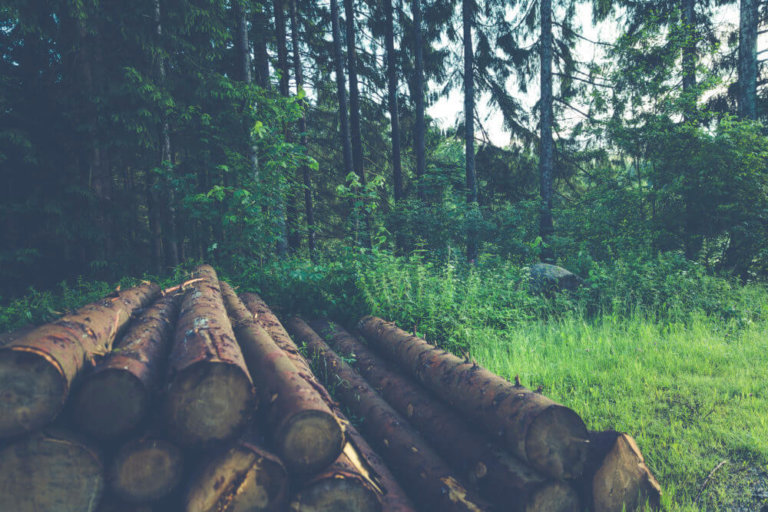
The harvesting of trees is disruptive. Anyone who tells you otherwise is glossing over how thoroughly a disturbance like logging can affect a forest, its growth and fertility. In my mind of the most important thing that foresters do is oversee the harvesting of forest products while looking after the health of the forest and its inhabitants.
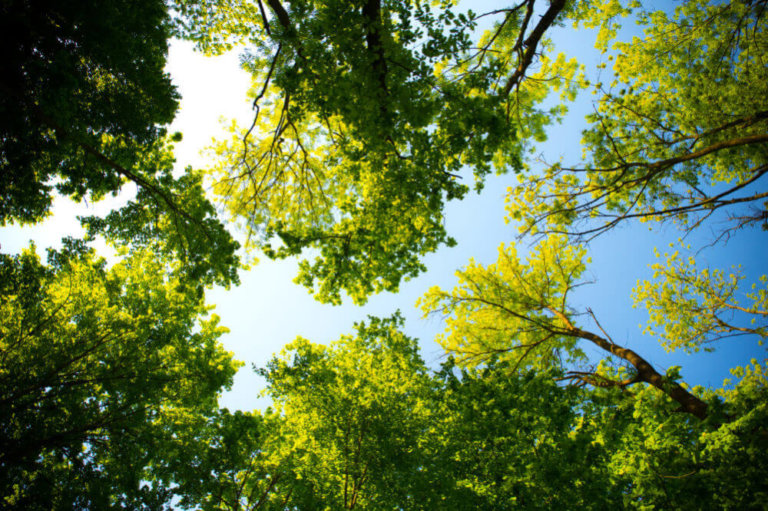
When I was growing up down in Windham County, Bill Guenther, the county forester, used to lead a Big Tree Tour every year. As a kid I hadn’t yet fallen into my current tree-crazy state, and I never attended one of Bill’s tours.
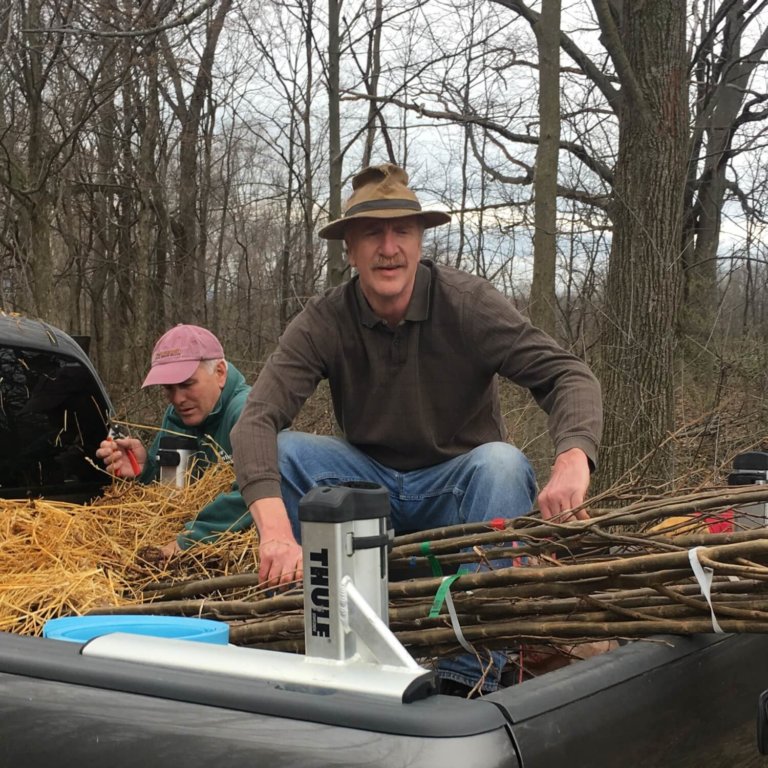
Charlotte Tree Warden update. There are several interesting things going on with the Tree Warden Program.
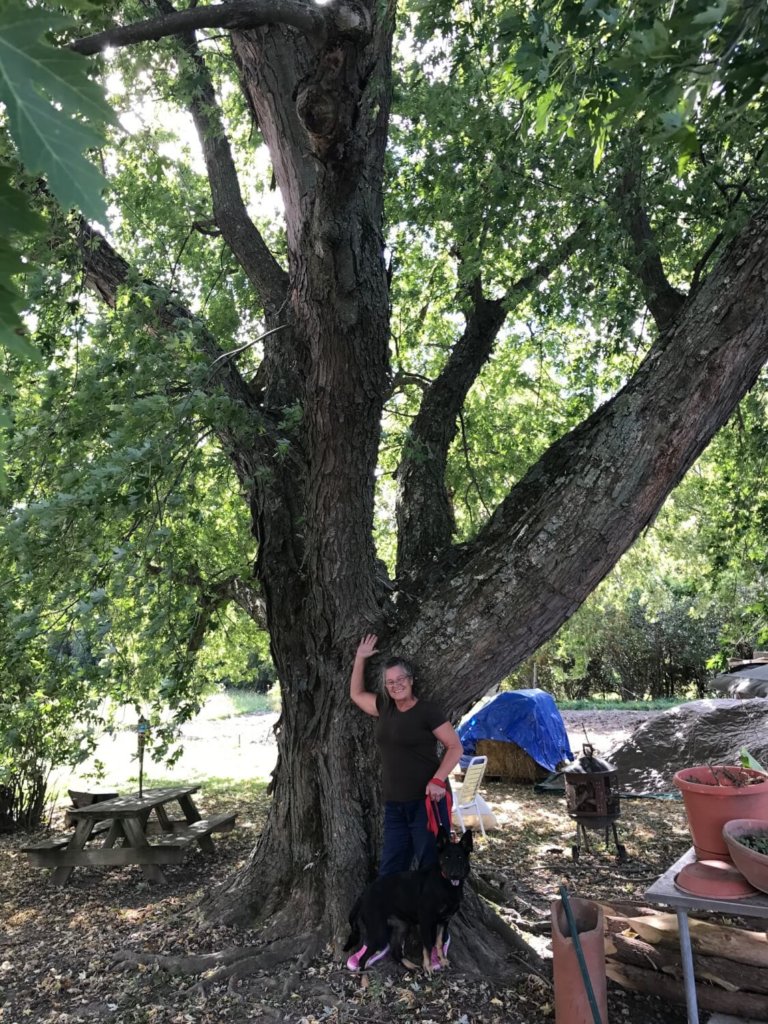
Since the publication of the last Charlotte Big Trees update in late summer, the Tree Tribe has crowned two new champions: Patricia Lander’s Silver Maple measuring 164 inches in circumference at 826 Carpenter Road, and Matt Donaldson’s Burr Oak measuring 183 inches on Garen Road.
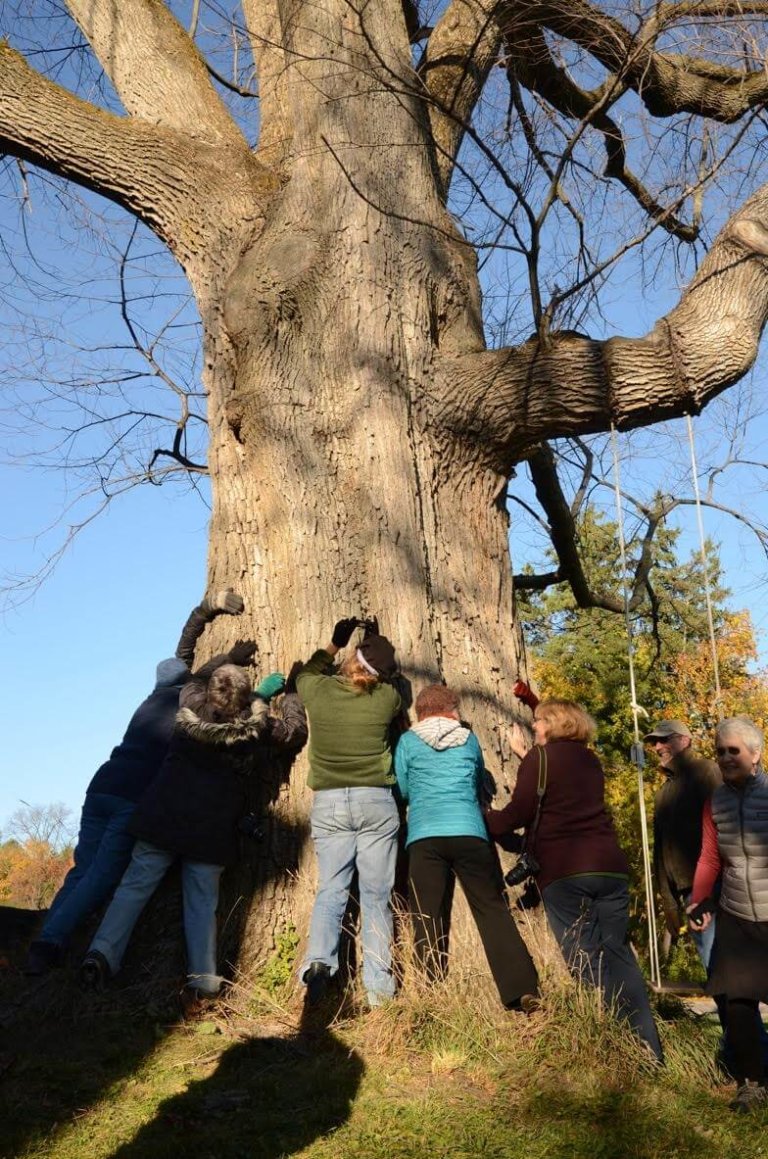
One of Larry Hamilton’s enduring contributions to the Charlotte community was his Big Tree Roster, a list of the…
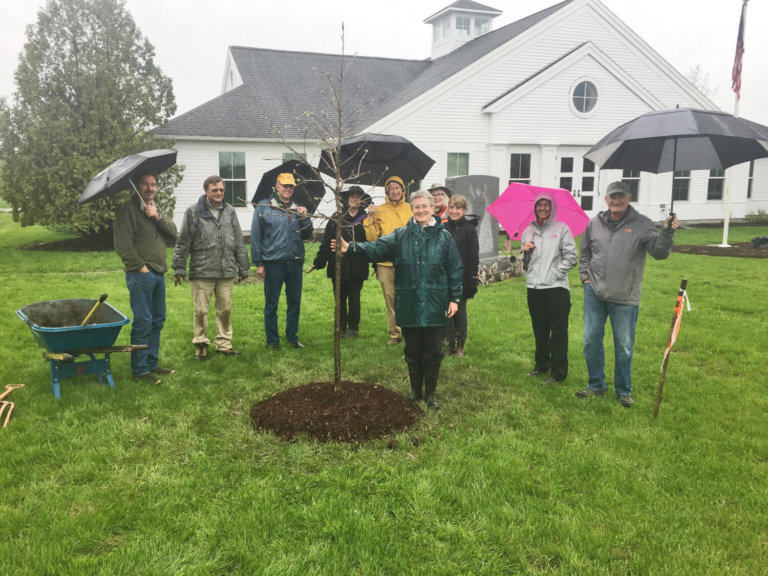
For more than 25 years, Charlie Proutt of Horsford Nursery has donated and, with the help of the students,…